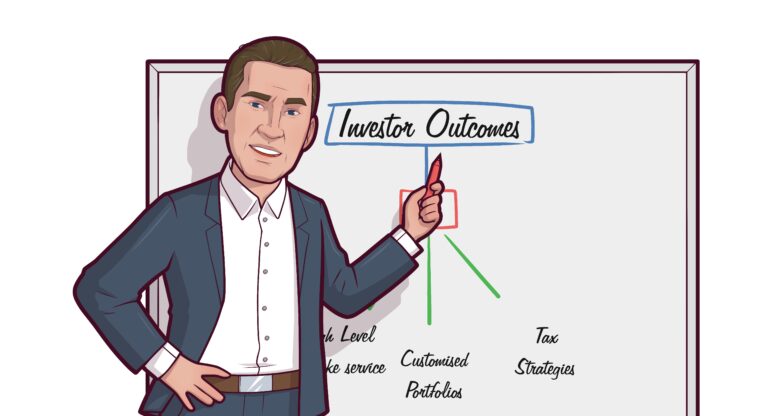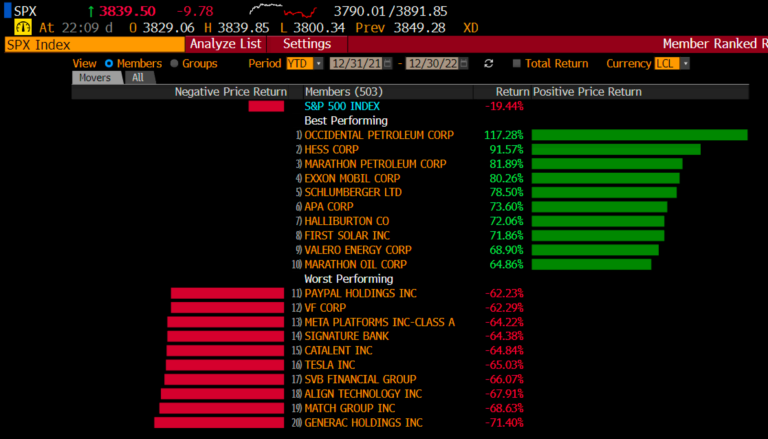I don’t think anyone was getting too excited by the 2025 budget released yesterday by Jim Chalmers. But here’s a summary of some key points along with our snarky comments, after which we check out some interesting property and birth rate statistics.
Summary of key proposals
- All taxpayers will receive modest tax cuts starting from 1 July 2026. (nothing burger)
- Eligible Australian households and small businesses will receive an additional energy rebate of $150. (helps with CPI numbers and interest rates)
- The general co-payment for Pharmaceutical Benefits Scheme medicines will reduce to $25 for individuals who don’t hold a concession card.
- All families will be eligible for at least 72 hours per fortnight (three days per week) of subsidised childcare without having to satisfy the activity test. (Really! When I was young if you didn’t work you stayed home to look after the kids)
- Concessions will be applied to reduce student debts and repayments. (Lesson, take on debt you can’t afford – the government will bail you out)
- The ‘Help to Buy’ program will be expanded to include higher income and property price caps. (adds fuel to the already hot property markets).
Winners
Brickies, Chippies, Tilers – at least their apprentices are the winners. One of the announcements was that the standard grant to Apprentices of $5,000 would be doubled to $10,000 for apprentices in the housing construction industry.
This really speaks to one of the core underlying issues at the core of the cost of living crisis.
Housing costs.
As housing costs rise, so do rents, insurance, rates, transaction costs, the list goes on.
Of course, as a ‘boomer’ with already established property, many of us have benefited from the ripping prices. So many of us in fact, that no one really wants to get prices down, we just want to help more people in their effort to get on board. Hence the ‘Help to Buy’ programs, and the opposition solution will likely be to let people raid their super.
Property
So, while on the property topic, there are a few facts that are somewhat budget/policy related that I wanted to share.
The government has announced that foreigners will be banned from buying Aussie property for two years from 1 April.
You would think that would have an effect of easing tension in the property market. After all, we don’t find it hard to visualize a red hot property auction in a city location, where Asian buyers are bidding prices up while dejected young Australian families are left wondering how they will ever afford their own place.
So, what will be the impact of this ban.
The available statistics are a bit old, but according to the ATO, foreign buyers made 5,360 purchases in FY23. They spent a total of $4.9 billion, for an average of $914,000 per property.
In that same year, total Australian property purchases were 665,000 for a total value of $603 billion according to PEXA.
That means that foreign buyers purchased only 0.80% of all properties sold, with the dollar value making up a similar percentage.
Don’t expect a ban on foreign buyers to make much of a dent in property prices.
One of the big issues is that building costs are rising and especially so in the apartment market, which was previous the more affordable option.
Michael Matusik in his recent report, said that in Sydney, it costs approximately $905,000 to deliver a new mid-rise apartment of 90 square meters with one parking space. In contrast, a new detached house on a greenfield subdivision costs around $825,000, offering about 250 square meters, three to four bedrooms, and two off-street parking spaces. (note: these are hard costs, not completed sale prices)
Michael’s research also featured a study on fertility rates vs the local housing situation.
He showed a clear correlation globally indicating that the higher number of apartment dwellers in a city, the lower the fertility rate. In fact, Sydney with 30% of the population living in apartments has a fertility rate of around 1.55, and Rome (Italy), with around 87% living in apartments, has a fertility rate just over 1.1.
To retain a steady population growth you need a fertility rate of 2.1 births per woman. The total for Australia as a whole is 1.50 births per woman.
Now you know why they are bringing in immigrants! The study of demographics is fascinating, and a little beyond my area of expertise, so I am not going to comment on this without further research.
Back to the housing affordability crisis, what is the solution?
Build baby, build.
But in who’s back yard!



Those bloody foreigners! Coming over here buying less than 1% of our property!! 😉
Yes, I admit that I thought it would be a bigger percentage. But the outsized immigration policies remain an issue on overall rental availability, and hence prices.